Barrier Forms
Top Spacers: (Adjustable from 6 - 12") assures uniform top thickness
Gussets are full height to maximize support and rigidity of each form
Form Aligner Assembly provides both vertical and horizontal form alignment
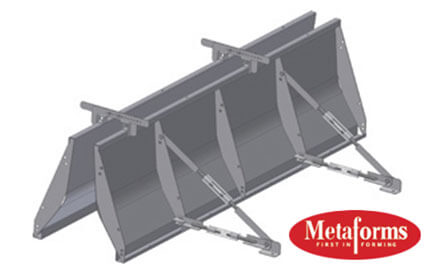
Top Spacers: (Adjustable from 6 - 12") assures uniform top thickness
Gussets are full height to maximize support and rigidity of each form
Form Aligner Assembly provides both vertical and horizontal form alignment
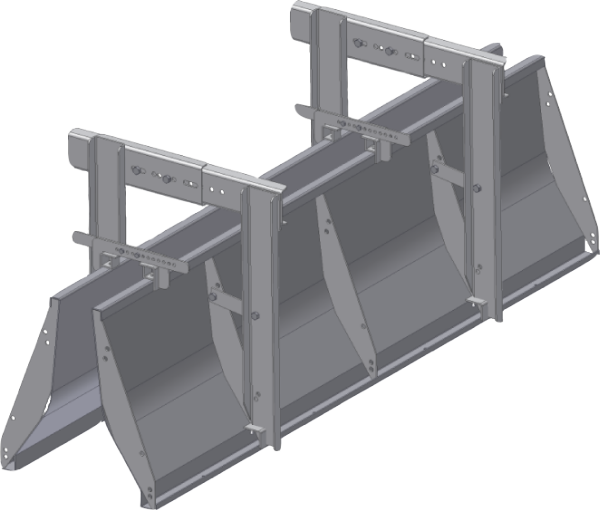
32" Barrier Forms with Moment Arms: (adjustable from 6" to 12") provides positive form alignment. These arms are designed for interchangeable use on either a double contour set-up or on a single contour set-up with a straight back.
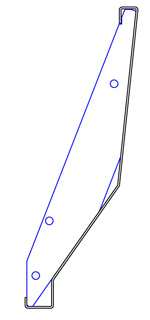
Contour Forms with V-bend
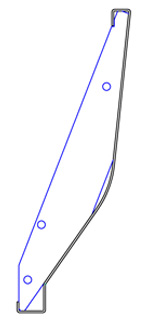
Contour Forms with Radius
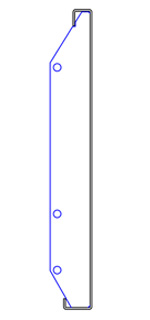
Straight Form Vertical
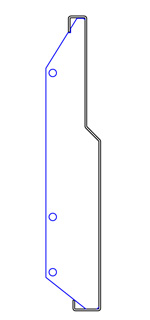
Straight Form with offset
SET-UP PROCEDURES
( using form aligners / turnbuckles )
- Anchor forms through base holes provided.
- Use wood or metal kicker outside of base (see drawing)
- Tie down through center of forms from top spacer to rebar (see drawing)
- Coil Taper Ties
- Coil rod with sleeve
- Snap ties